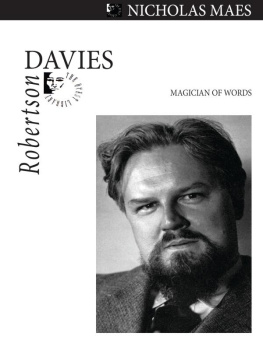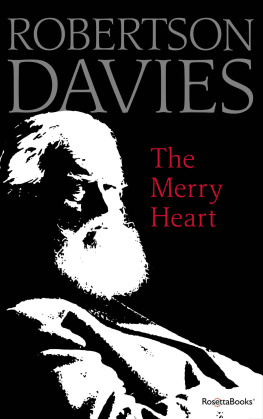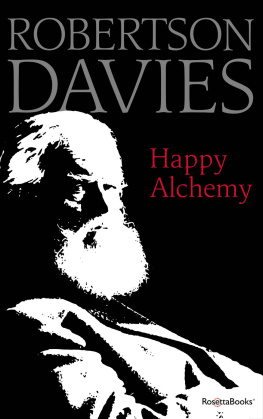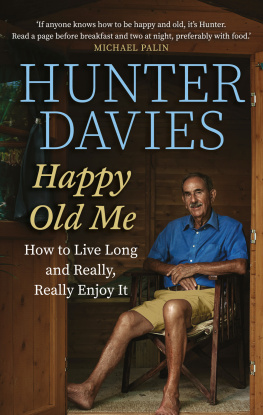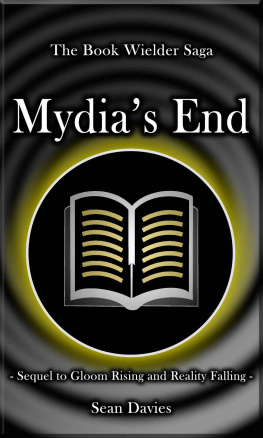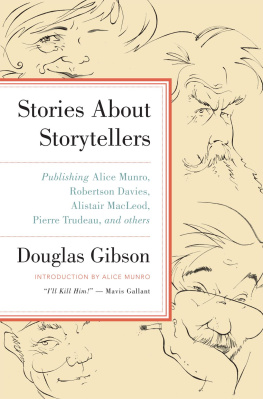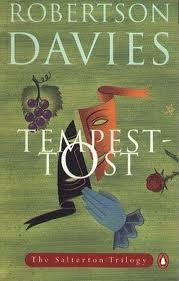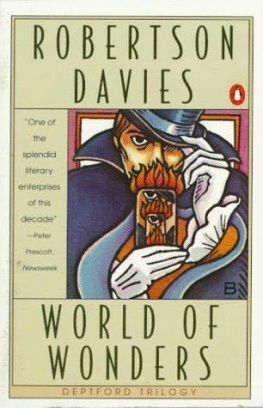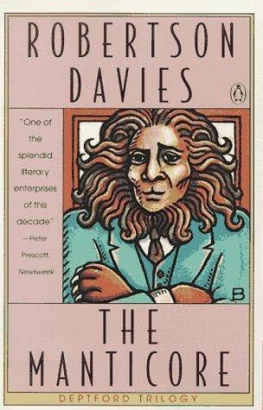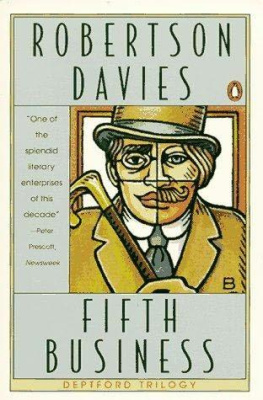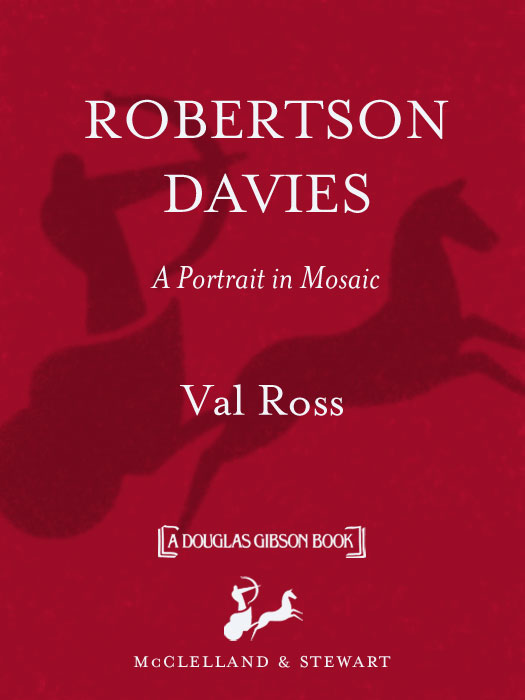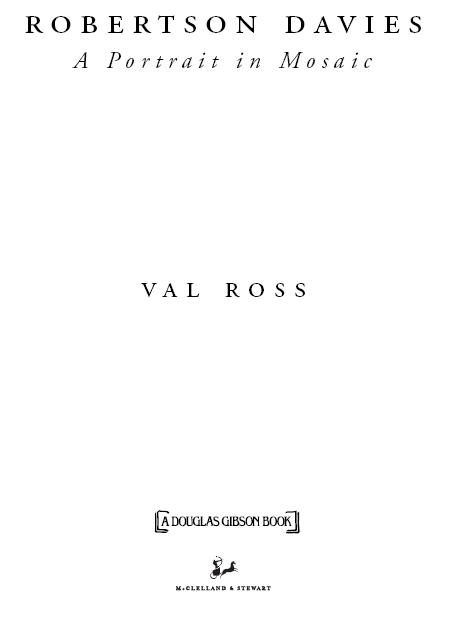CONTENTS
For Morton, of course
Successful relationships are genuinely mysterious.
Chapter 38
Introduction
MEETING THE SWAN
O n a morning in September 1991, I walked into the book-lined downtown Toronto offices of Robertson Daviess Canadian publisher, McClelland & Stewart. There he was: a dapper, magisterial man of 78, in full Edwardian rig of blazer and flannels. He spoke with an English inflection to his vowelsremarkable for someone born in Thamesville, Ontario, who had spent seven of his eight decades on this side of the Atlantic. I was then a reporter covering books and authors for The Globe and Mail, and we were supposed to be discussing Daviess latest book, Murther and Walking Spirits. We did thatbut he also treated me to what I thought was a wonderful spell of gossip.
A tale that delighted him concerned a current campaign to have the nineteenth-century English theologian John Henry Newman canonized. The problem is, a man must have three well-attested miracles attributed to him before he can be named a saint, RD told me with visible glee. Theyre having trouble finding miracles for Newman, but the English Jesuits have come up with a marvellous explanation: they say Newman was too much an English gentleman to resort to anything as showy as miracles. Davies roared with laughter. As if Christ were just some sort of low tough!
Why was he telling stories about Cardinal Newman, of all people, to a strange journalist? Because, I suppose, he was beguiling melike a magician, misdirecting my attention. All his life, Davies was shy, and by the time I met him he was wary of the press, having been a journalist himself for three decades. The one message that he conveyed directly that day was his wish to warn peopleme, my readers, anyone who was listeningnot to underestimate him, or to assume they had his number.
Asked what mythic animal he identified with, he toured his mental library of myth only briefly before pulling out his answer: If I had to choose a character standing for myself, it would be the Ugly Duckling. You see, no one thought much of him when he was a duck. But when they found out he was a swan, opinion changed. I may not be the worlds foremost swan, but I am not a duck.
In metaphor, swans are both magnificent and vain, staring at their own shifting reflections. Still, swan seems an odd choice, until you recall that Daviess most famous novel, Fifth Business, is written in the form of a letter by an indignant schoolmaster on the eve of retirement, whose vanity is stung when a humble college newspaper produces a reflection of his life in ways he feels are inadequate. Another Davies novel, Whats Bred in the Bone, is narrated by two angels as they watch an earthly biographer floundering and failing to understand his subjects life. Davies wrote Whats Bred in the Bone while Judith Skelton Grant was at work on her authoritative biography of him, Robertson Davies: Man of Myth, and Davies seemed to be embedding his own feelings as a biographee in its pages: Dont presume you can ever fully understand the reasons behind another persons achievements and eccentricities.
It was, and still is, hard to assess this man. Davies has always been wilfully eccentric, or ex-centric, as Bruce Powe noted in his perceptive essay Odd Man Out. His voice was a voice of someone off-centre from the volatile neighbours, like Fifth Business and Canada itself, a character who is odd man out, on the periphery of the true action.
What has made Davies an even more complex subject is that at times he resorted to tricks to protect his privacy. One of his biographers, Elspeth Cameron Buitenhuis, told me, He was not at all a truthful man. Those who knew him for years were sometimes stunned to learn late in their relationship of aspects of his emotional life they had never suspected. His wide-ranging, sometimes scatological, interests could nonplus those who categorized him as a somewhat proper Edwardian gent. His daughters, sorting through his voluminous diaries, say they are still astonished by some of their fathers private thoughts.
Yet despite his passion for privacy, Davies lived large. He made impressions, sometimes very deep ones, on many people. In this oral historya collection of spoken memories and impressions of the manit is my hope to cast an image of this shape-shifter of an artist.
V. R.
Chapter 1
WALKING SPIRITS
Robertson Daviess fathers family made their living for centuries in and around a border town in northeast Wales, a place where shaggy mountains shadow blackened brick houses strung along the hillsides. To the North American eye, Welshpool, Montgomeryshire, looks like a good place to have come from. Yet the Davies family emigrated from this place reluctantly. Once, they were community leaders. The patriarch, Samuel Davies, a tailor who made servants uniforms, had risen through Welshpools hierarchy to be elected on the Liberal platform as mayor. Then a late-nineteenth-century economic downturn undercut the familys good fortune. In his memoir, Far-Off Fields, Rupert Davies dodged the question of whether Samuel did, in fact, go bankrupt, but his son RD was very clear about the effects of this period on the familys reputation. In his semi-autobiographical novel Murther and Walking Spirits, he wrote, Bankruptcy! The hobgoblin, the obliterating shadow of the commercial world of Samuels day! For in those days a man could be bankrupt but once; there were no second chances, no histories of repeated bankruptcies. It all happens within a few months. Samuel retires to a cramped life in the premises over the tailors shop and the black day approaches when he must, in the local phrase, go up the Town Hall steps and be formally declared a bankrupt.
RUPERT DAVIES (from Far-Off Fields)
[My father Walter] was definitely of a studious bent. He taught school when a young man and as far as he was able to go in seeking higher education he was succeeding very well. He received his certificate from Oxford University giving him the degree of A.A., Associate of the Arts; I understand that meant he was acceptable as an undergraduate. [But]the kind of business our family was in was going downhill. Family financial problems, which need not here be related, descended upon my father, and he was hard hit all around.
In 1876, Walter married a schoolteacher, Janet Jessie Robertson. Her brother, John Robertson, married Walters sister Mary Ann Davies, so the two families were doubly linked: the entrepreneurial Davieses and the scholarly Robertsons. Their younger son, Rupert, born on September 12, 1879, grew up acutely conscious of his familys fall from prestige, particularly when, as the economic depression persisted, he was required to press some of the Davieses tailoring customers to pay their bills.
RUPERT DAVIES
Many times I had to eat a hurried dinner and make calls on some of our slow poke debtors to try to collect enough to meet a cheque at the bank that day from a wholesale house. My recollection is that somehow or other we used to meet the cheques, and thus appease the wrath of the bank manager, of whom I was sore afraid. However, it was not easy.
Ruperts granddaughter Kathryn Davies Bray, Robertson Daviess niece, says this period shaped Rupert.
KATE [DAVIES] BRAY
Rupert always felt that the Davieses had come down in life, in nineteenth-century termsfrom a grandfather who had been mayor of Welshpool to living above the tailor shop. I dont know if Rupert ever got over the need to get the family back up.


